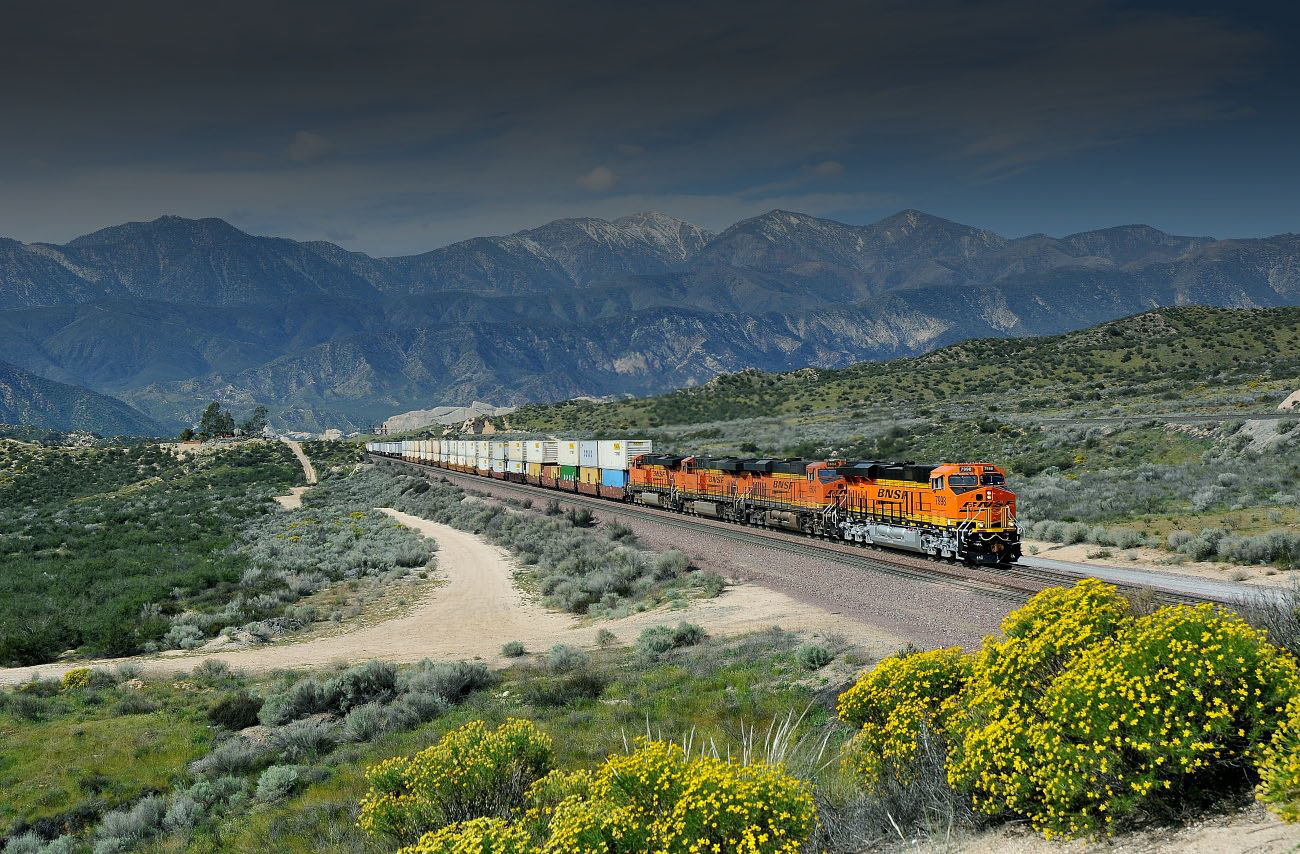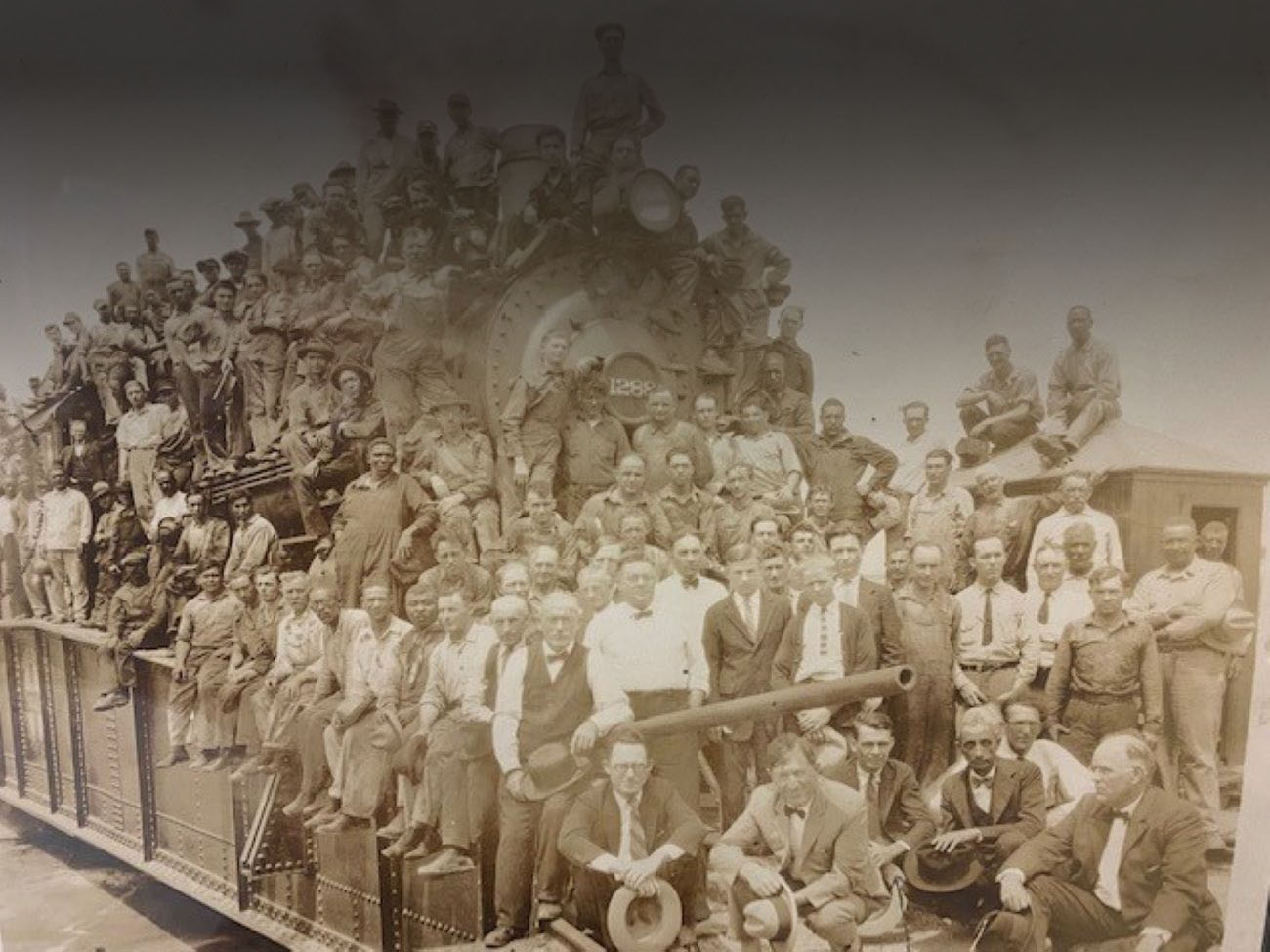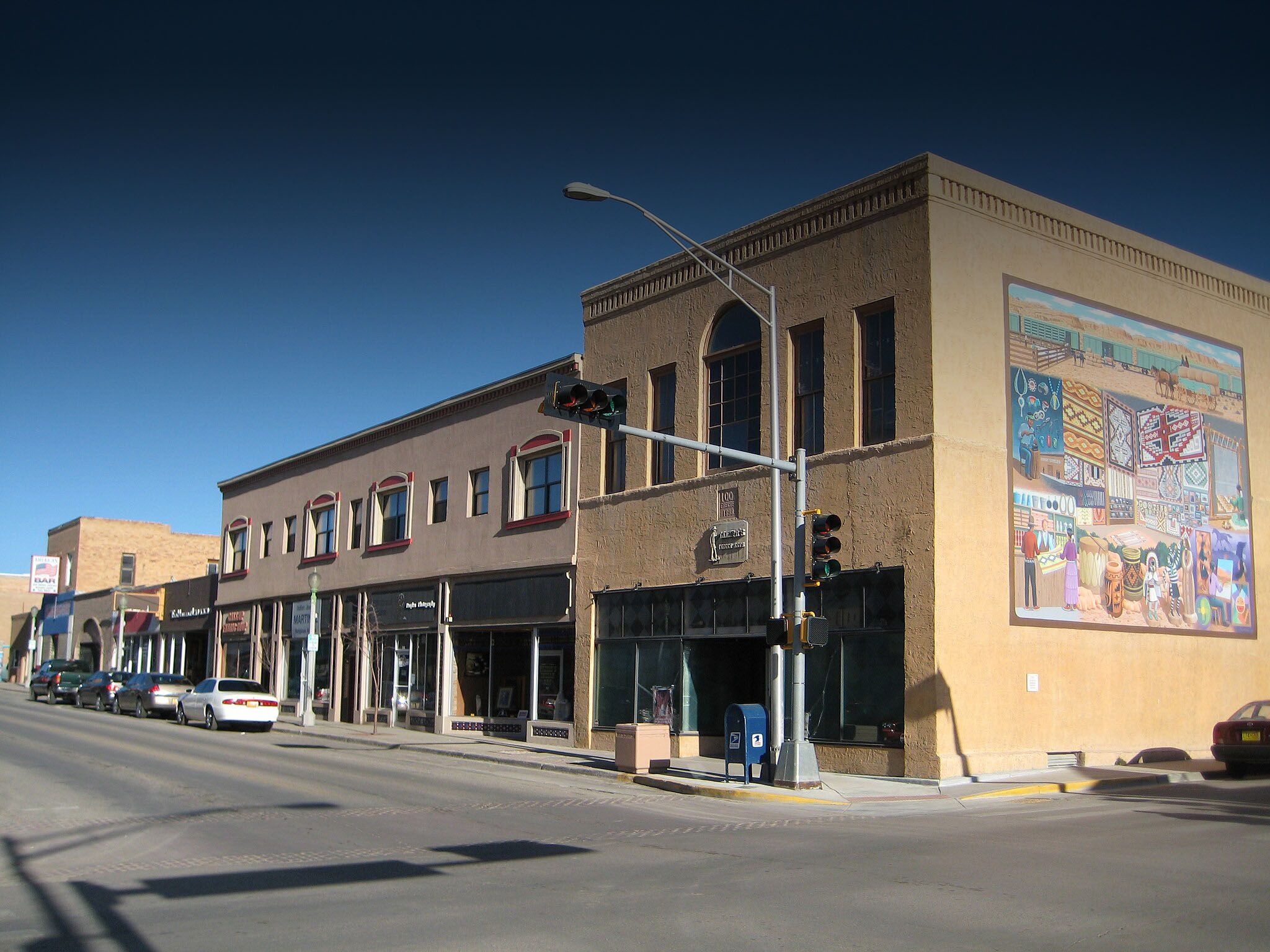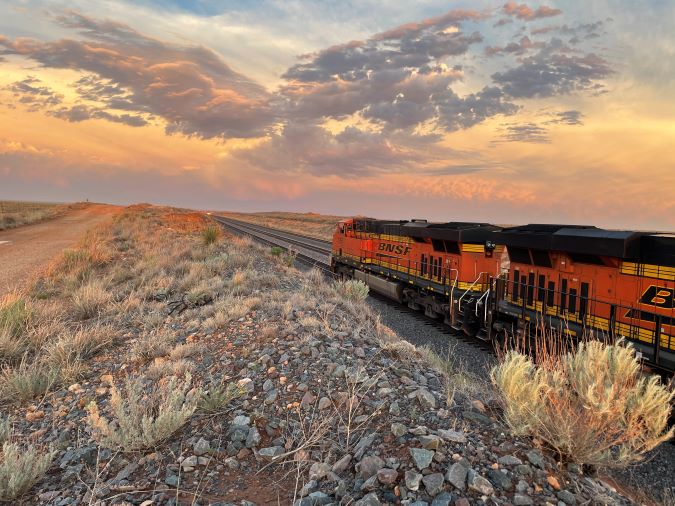
Building the West by rail at Clovis, New Mexico
Once a desolate and open range, Clovis, New Mexico, was officially incorporated as a division point for BNSF predecessor Atchison, Topeka and Santa Fe (ATSF or Santa Fe) in 1906. Eight miles west of the Texas border in the High Plains eastern portion of the “Land of Enchantment,” railroad officials decided Clovis would be the best point to bypass the trek through New Mexico’s mountains. This geographically influenced decision changed the track of Clovis’ future and the future of the transcontinental railroad.
Clovis’ development started with rail, which created jobs, resources and transportation, and just one year after the rail’s arrival, land values in Clovis soared to the highest in all of New Mexico.
“The Santa Fe created a destination. What’s now a thriving rural city on the high plains, Clovis was once a barren community with essentially little to no development,” Lisa Pellegrino-Spear, executive director of Clovis MainStreet, a revitalization and preservation organization, explained.
The historic division point moved mainly agricultural freight such as livestock and crops. As Clovis steadily grew, the Santa Fe built an icehouse to accommodate the local freight in addition to a passenger depot and an office building. In the years to come, Clovis expanded to haul all types of freight as the transcontinental route developed.
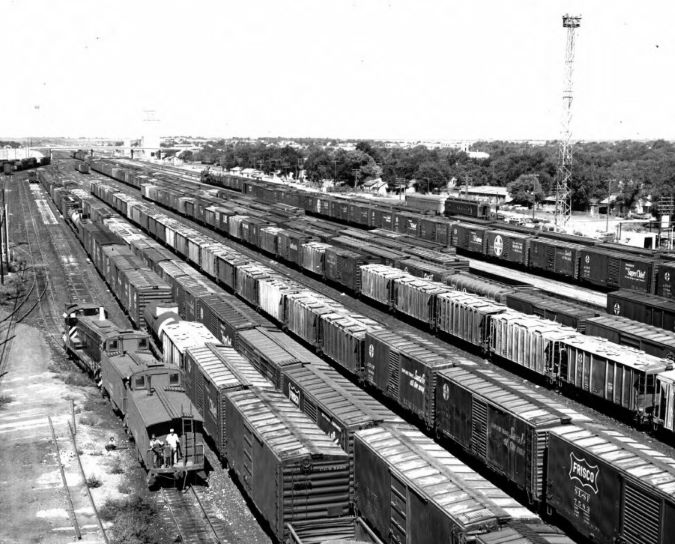
Like many southwestern railroad towns, Clovis was home to a popular Harvey House: the Gran Quivira. Harvey Houses were a collaboration between the Fred Harvey restaurant company and the Santa Fe to promote the luxury of traveling by rail, offering a clean room and a hot meal. Clovis MainStreet is currently working to restore the once-booming travel lodge to its former appeal.
“The Gran Quivira is an iconic building in Clovis’ railroad district and got its name from the ancient Quivira Ruins in New Mexico,” Pellegrino-Spear said. “The desire to save this iconic building made us realize our 100-year-old railroad district needed help.”
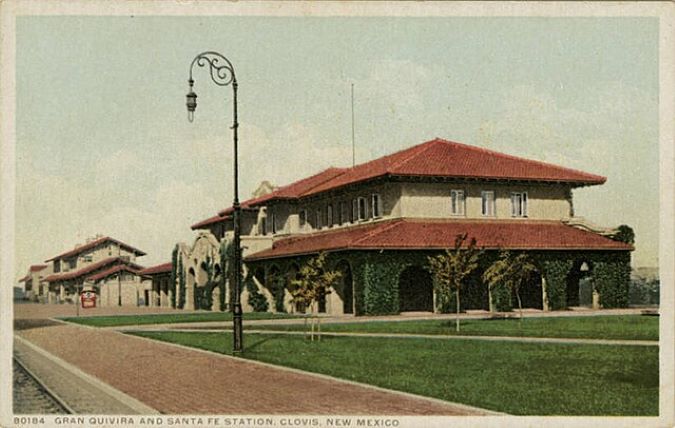
The organization received grant funding to purchase a former Santa Fe icehouse, restore a 1906 steam locomotive to highlight the district’s roots and develop a community railroad park. All with the goal to excite future development to save the Gran Quivira and preserve Clovis’ origin story.
“The railroad isn’t just Clovis’ history – it’s America’s history,” Pellegrino-Spear said.
Clovis MainStreet’s ongoing restoration of the district inspired other locals to embrace their railroading roots. A railroad-themed restaurant, The Rails, opened in the 1907 Santa Fe station and is committed to bringing locals and visitors together to embrace a reinvented Harvey-esque experience.
Today, Clovis still plays an important role on our critical Southern Transcon route, connecting the West Coast to Chicago and points in between and beyond. Clovis is home to a BNSF Certified Site, a 240-acre industrial park that ensures the terminal is ready for quick turnarounds on inbound and outbound shipments.

“Clovis supports the markets that lie to the east and west but also serves the growing customer base in eastern New Mexico,” Garrett Morrow, terminal superintendent, explained. “Staying true to our agricultural roots, BNSF serves several large feedstock and renewable energy customers locally. On the through-freight side, Clovis is integral to the intermodal and automotive networks.”
From past to present Clovis has been a small, tight-knit community connected by the railroad. Because of this, safety is a focus among employees and within the community. Signal Supervisor Cody Sanborn personally attests to this.
“In a railroad town like Clovis, you have busy crossings. When we have issues with a crossing, literally as soon as we get the call, the local police force is out there helping us by directing traffic around the grade so people can keep moving and we can focus on doing our job,” Sanborn said. “It speaks volumes about the support we have in the community.”
2019 Safety Employee of the Year Mario Rubio, engineer and instructor-led training facilitator, started his railroading journey early in his childhood watching his dad. “I grew up in Clovis in a railroading family. I remember going with my mom to the roundhouse to bring my dad lunch. I liked seeing the work he did and the locomotives.”
Railroading plays an important role in Clovis’ roots and livelihood today and has connected people for generations.
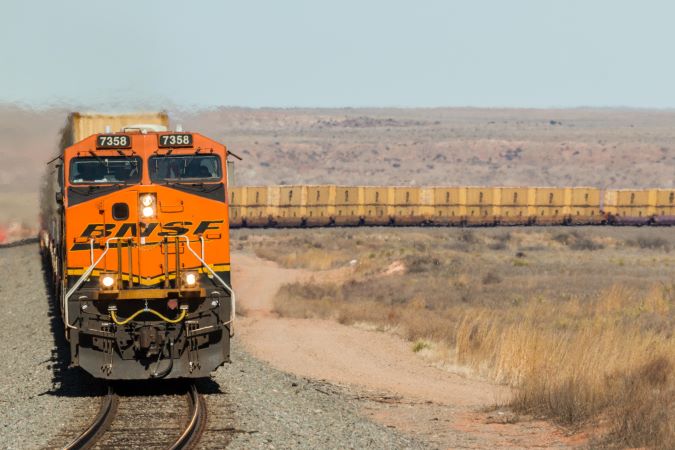
“In Clovis, we’re one big family,” Rubio said. “Everyone knows everyone, and we all have a strong bond. That’s why we take safety seriously here, and because I teach safety, people look to me with their questions. I may not have the answer – but I make sure I get them to someone who does.”
In the town of nearly 38,000, BNSF has around 350 employees or about 1 percent of the population.

Terminal Manager Walter Sprague is a Clovis local and attributes the terminal’s success to its small-town culture. “Though Clovis may be small, just about everyone is connected to a railroader here. It’s about connections and camaraderie in the terminal and in the community.”
